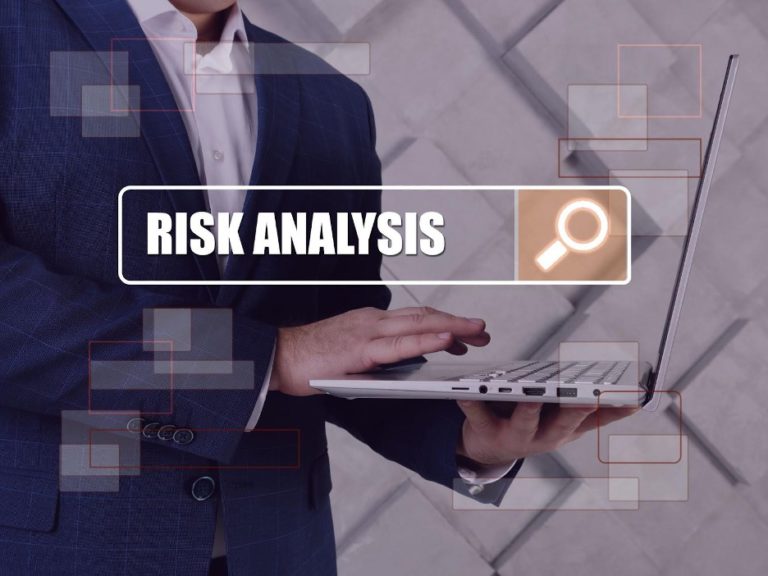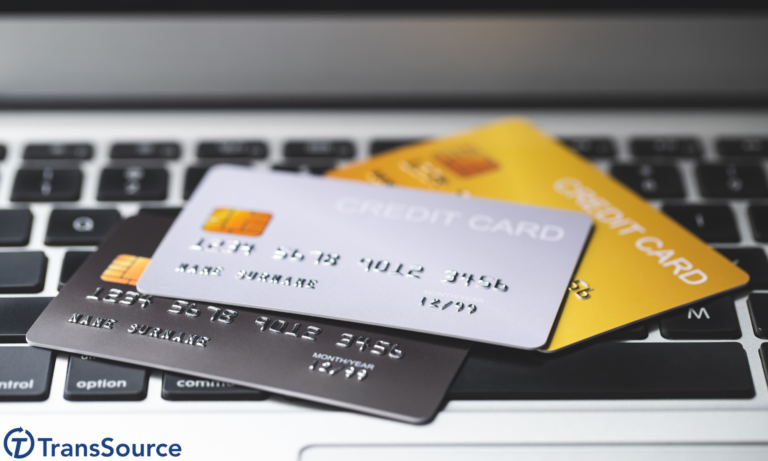How to Prevent Chargeback Fraud and Reclaim Your Profits
Don’t Accept Chargeback Costs as Routine Business Expenses
Chargeback fraud.
Words that make even the most hardened merchant flinch.
Chargeback fraud destroys profits and poses grave risks to businesses. They’re particularly harmful to high-risk merchant accounts.
In large part, this is due to merchants feeling helpless during the dispute process. That said, many merchants view the dispute process as unwinnable and chargeback costs as operational overhead.
To a certain extent, this is true. But it doesn’t have to be.
Effectively, the only course of action is prevention. Unlike many payment processors who focus on disputing chargebacks after the fact, at TransSource, we focus our prevention efforts on identifying the reason for the dispute to address the underlying problem. This ensures we treat the disease, not just the symptom.

What Is Chargeback Fraud?
Chargeback fraud is when consumers initiate a chargeback without a legitimate reason for doing so. There are several reasons for this, but chief among them is consumers believe there’s little chance the merchant will win the dispute. There is some merit to this since merchants only win 22% of disputes.
Is chargeback fraud the same as friendly fraud?
Chargeback fraud is often mistakenly used to mean the same as friendly fraud. However, one key difference exists. Unlikely friendly fraud, chargeback fraud involves intentionally defrauding merchants. Friendly fraud occurs when consumers dispute transactions for seemingly innocent reasons, such as not recognizing a transaction or accidentally purchasing an item.
Reasons consumers may commit chargeback fraud include:
- Buyer’s remorse
- The product return date has passed
- To get out of paying
What Chargeback Fraud Cost Merchants
Merchants lost $31 billion in 2017 due to chargeback fraud, and it’s increased every year since. It has been particularly impactful amidst a global pandemic that has shut down brick-and-mortar stores, making consumers more reliant on online goods and services. For example, according to the 2021 Global Payment Risk Mitigation Report, in 2020, 59% of merchants reported increases in card-not-present fraud, a 21% increase from the previous year.
With the volume up, the cost of fraud also rose 7.3% over the last year. Today, every $1 of fraud costs merchants $3.60, up from $3.36 in 2020 and $3.13 in 2019.
Since the cost of fraud has sharply risen, merchants’ highest priority has been establishing a prevention strategy to identify threats and assess risks. Doing so requires implementing a top-to-down fraud prevention system that tackles fraud before it turns into a chargeback.
Chargeback Management and Prevention Strategy
Protecting your business from chargeback fraud isn’t a singular event. Instead, it takes implementing a proven system with multiple layers of protection. So that if one layer falters, others will step up for added security.
That’s why you need preventive measures that protect against chargeback fraud before, during, and after fraudulent transactions.
Preventive Measures Before the Fraudulent Transaction
Chargeback fraud prevention begins before the fraudulent transaction. You can use fraud detection tools to flag possible fraudulent activity so that they don’t manifest into disputes later down the road.
Scouring Data to Identify and Assess Risks
Payment processors help facilitate the secure exchange of sensitive data so banks and other financial institutions can process transactions. This requires processors to monitor transactional data for anomalies and suspicious activity. Doing so requires a robust algorithm that spots patterns and potentially fraudulent activity. Ways to achieve this include:
- Have an alert mechanism that detects potential fraud and risky transactions, such as international orders, an unusually high volume order, or a blacklist of consumers known to initiate fraudulent chargeback requests.
- Set up robust fraud detection rules that block fraud attempts while enabling legitimate transactions to process.
- Have large-scale analytics that allows you to analyze and detect patterns while providing valuable insight into what constitutes routine transactions and which raise red flags.
Preventive Measures to Halt Fraudulent Transactions on the Spot
Authenticating card-users information during a fraudulent transaction is key to preventing fraud and chargeback disputes.
Also, since chargeback and friendly fraud are closely related, preventing both will lead to fewer chargebacks.
Have a Secure Payment Gateway with Fraud Detection Tools
While your processing partner analyzes transaction data, the payment gateway authenticates and securely processes the data’s journey from the consumer to the financial institution. So, it’s essential to have proper fraud detection tools to ensure the data is secure en route to its final destination.
How TransSource can help
A reputable processing partner like TransSource follows rigid processing protocols and commits to halting chargeback fraud in its tracks.
TransSource captures consumer information like IP addresses and other information that fraud detection tools flag, preventing the transaction from going through.
Such fraud detection and prevention tools include:
Card Verification Value (CVV) – CVV is the three or four-digit number on the back of your Visa or Mastercard credit card. It’s the first layer of security for card-not-present fraud and is only known by the consumer.
Address Verification Service (AVS) – AVS prevents fraudulent transactions by matching consumers’ shipping and billing addresses with the one on file with their issuing bank. If the addresses don’t match, the payment processor will send a request for verification to the issuing bank.
3-D Secure – 3-D Secure is a level of security that authenticates consumers’ transactions. It relies on sending text messages or emails to verify the transaction.
Fraud Scoring System – Risk scoring tools set parameters and rules to prevent fraudulent activity. These rules measure risks and assess threats, including such parameters as AVS failure test and IP geolocation.
However, while these fraud detection and prevention tools provide layers of added security against chargebacks, our solution, CB-ALERT, is what distinguishes us as the preeminent players in the chargeback management and prevention arena.
CB-ALERT is a powerful chargeback prevention tool that works by consolidating all chargebacks/disputes in one centralized location. It enables merchants to receive alerts as soon as consumers initiate a chargeback, allowing merchants time to issue refunds or dispute the claim before it turns into a chargeback.
Additionally, CB-ALERT is compatible with all payment gateways and CRM’s. And it’s integrated with Ethoca and Verifi, so you won’t miss any alerts. Even better, you’ll have 72 hours to respond to a chargeback dispute before it becomes a chargeback. High-risk merchants have found tremendous success incorporating CB-ALERT into their business.
Measures to Take After Consumers Initiate a Chargeback
Even the most advanced fraud detection and prevention tools will not catch all incidents of chargeback fraud. So, inevitably, you’ll need to prepare for the chargeback dispute process.
Keep Up-to-Date Reason Codes
When consumers initiate chargebacks, reason codes let merchants know what kind of chargeback it is. Since reason codes constantly change, maintaining updated codes is crucial to responding to the dispute accordingly. It can be costly if the reason code is no longer valid or adequately updated. Moreover, reason codes help merchants detect patterns to prevent similar chargebacks in the future.
Maintain All Consumer Documentation
The most convincing way to win disputes is to maintain all documentation and consumer records. It’s all about proving intent. Excellent ways to show intent are to have consumers sign the purchase order, email delivery confirmation upon shipping, and keep a log of IP addresses and geographic location.
Respond Promptly to Consumer Inquiries
While chargeback fraud deals with malicious intent, consumers often initiate a chargeback because they don’t recognize a transaction. So, there may be no ill intent, but the chargeback still negatively affects merchants. Therefore, it’s essential to respond promptly to inquiries and engage consumers after they initiate a chargeback.
TransSouce’s VMPI program is a safety mechanism that alerts merchants when a consumer initiates a chargeback. It allows merchants to remind consumers of the transaction, thereby easing their fear of a fraudulent transaction. Moreover, if there’s another problem with the transaction, merchants can resolve it without affecting their chargeback ratio.
Include Detailed Merchant Descriptors
Another effective way to handle unrecognized chargeback transactions is to include a detailed merchant descriptor. Merchant descriptors are the line of copy on a financial statement that alerts consumers of a transaction. The clearer the descriptor, the more likely consumers will recognize the transaction and not initiate a chargeback.
It’s also helpful to include contact information within the descriptor. This solves two problems. First, if consumers still don’t recognize a transaction, they may want to contact the number and speak to a live representative. In doing so, the representative can resolve the dispute before it turns into a chargeback. Second, including the contact information provides compelling evidence that you took appropriate measures to prevent a dispute.
Chargeback Management and Prevention that Encompasses Trust
Fraudsters no longer enter through the backdoor when the front door is wide open.
Gone are the days when fraudsters exploit vulnerabilities in a company’s computer network. That’s because companies spend a lot of money securing their IT infrastructure, and fraudsters know this. So instead, it’s much easier to pose as legitimate consumers and steal money the “legal” way.
This is why it’s crucial to invest in a chargeback management and prevention system that alerts you to disputes before they affect your ratio. CB-ALERT is that system, as it’s designed to prevent fraud attempts from eventually becoming chargebacks.
TransSource delivers in all areas of fraud detection and prevention. But perhaps most importantly, we encompass trust and provide peace of mind knowing your money is safely tucked away and protected. Send us a message, and we’ll walk you through the exact steps entrusted by hundreds of other businesses.







